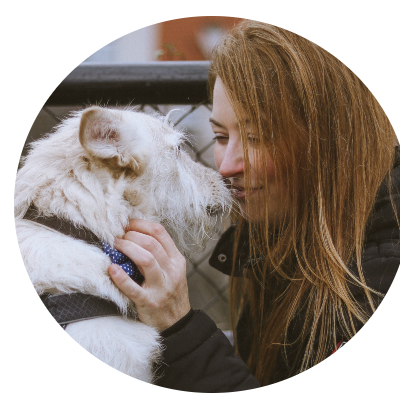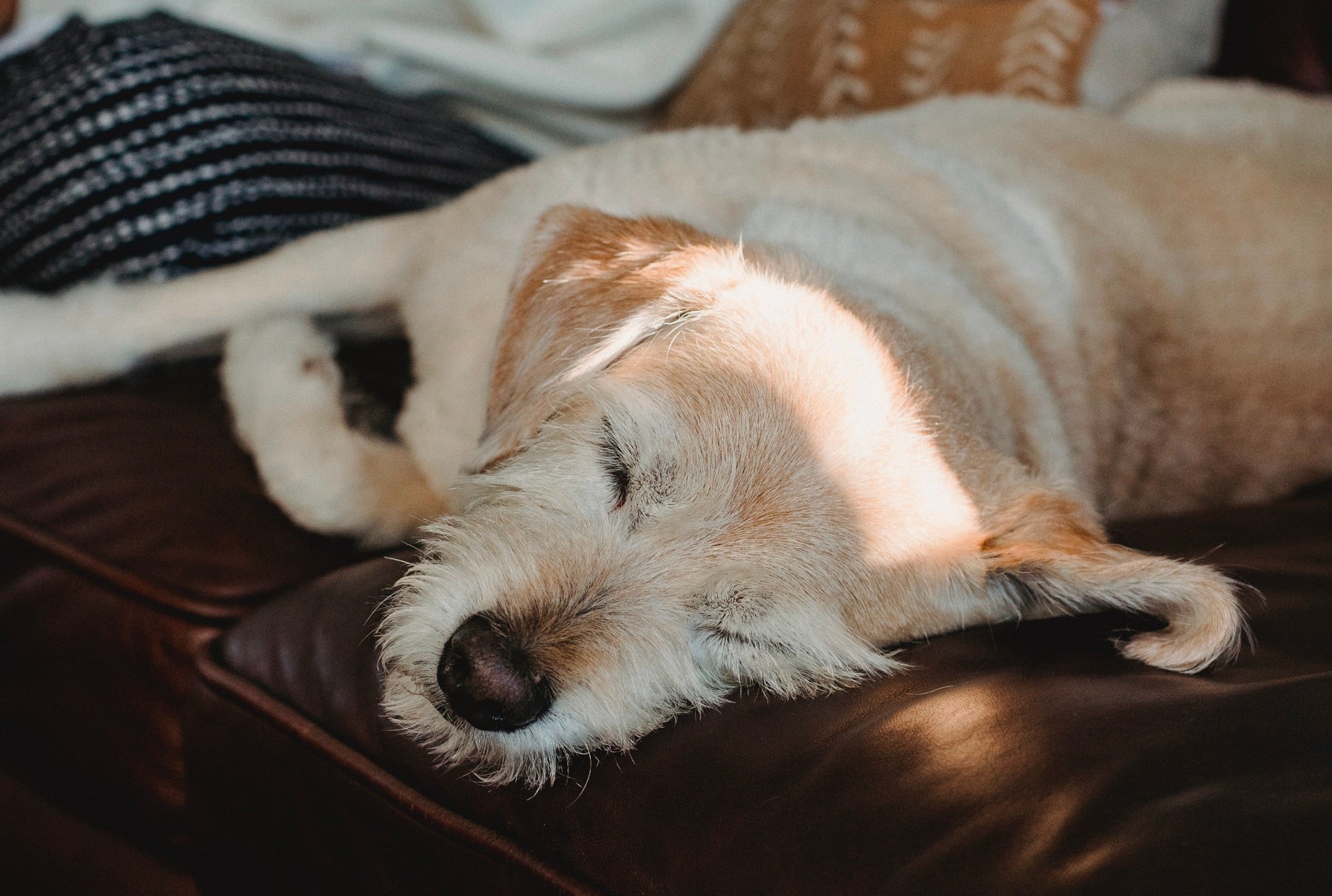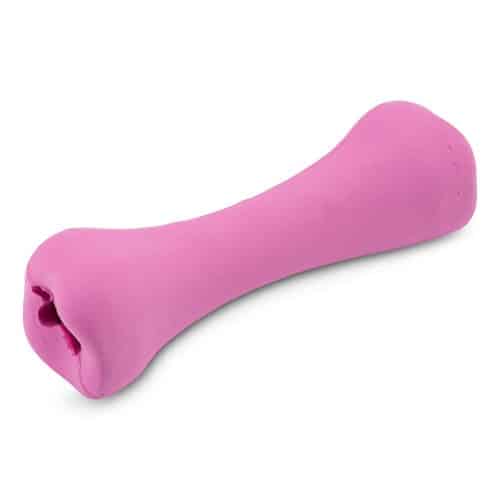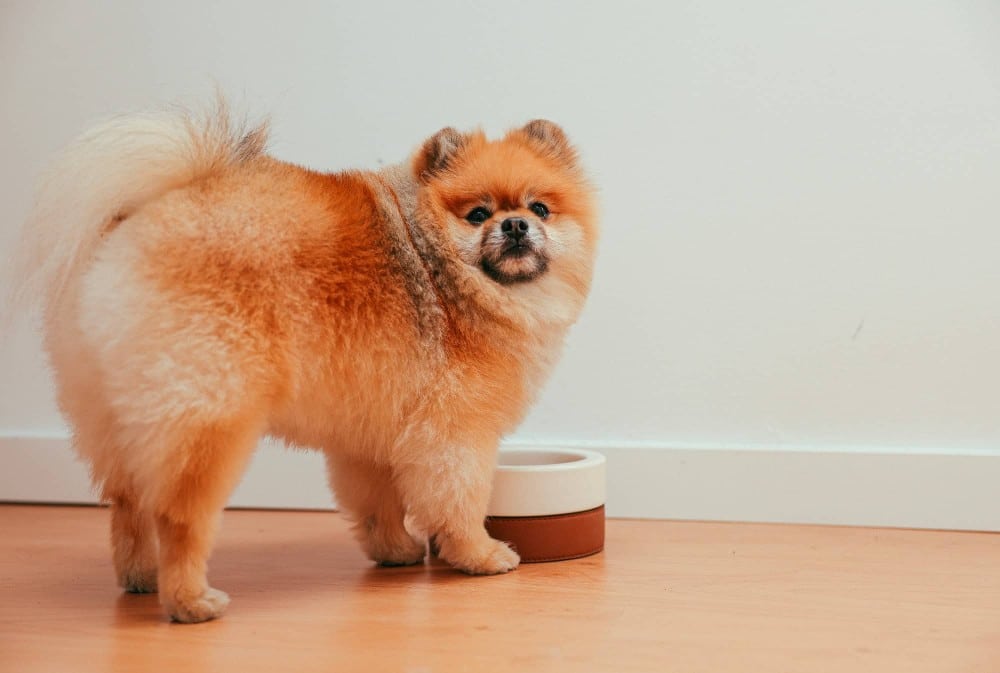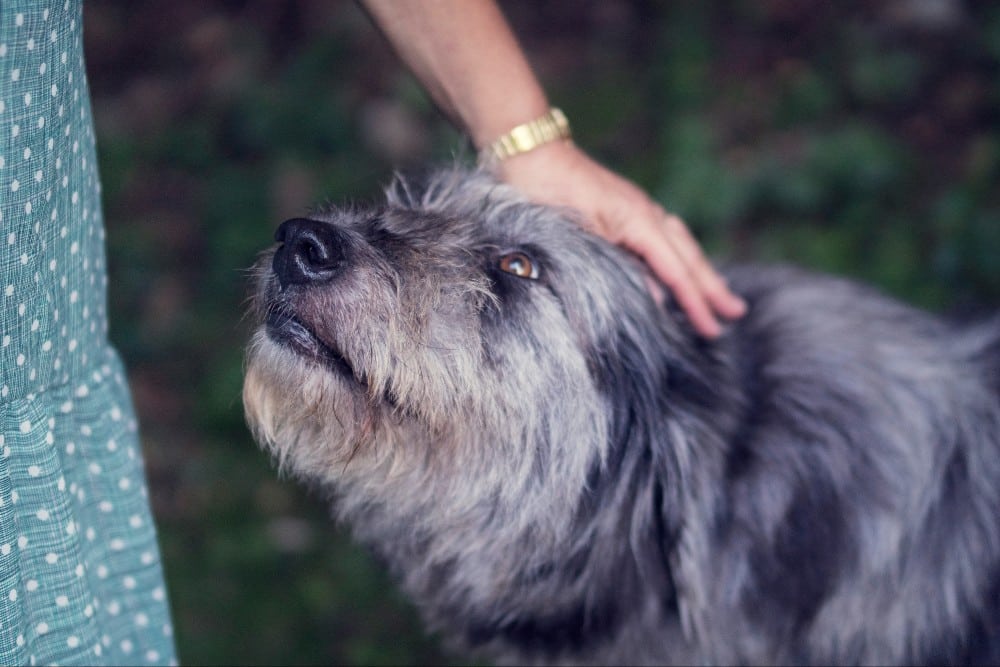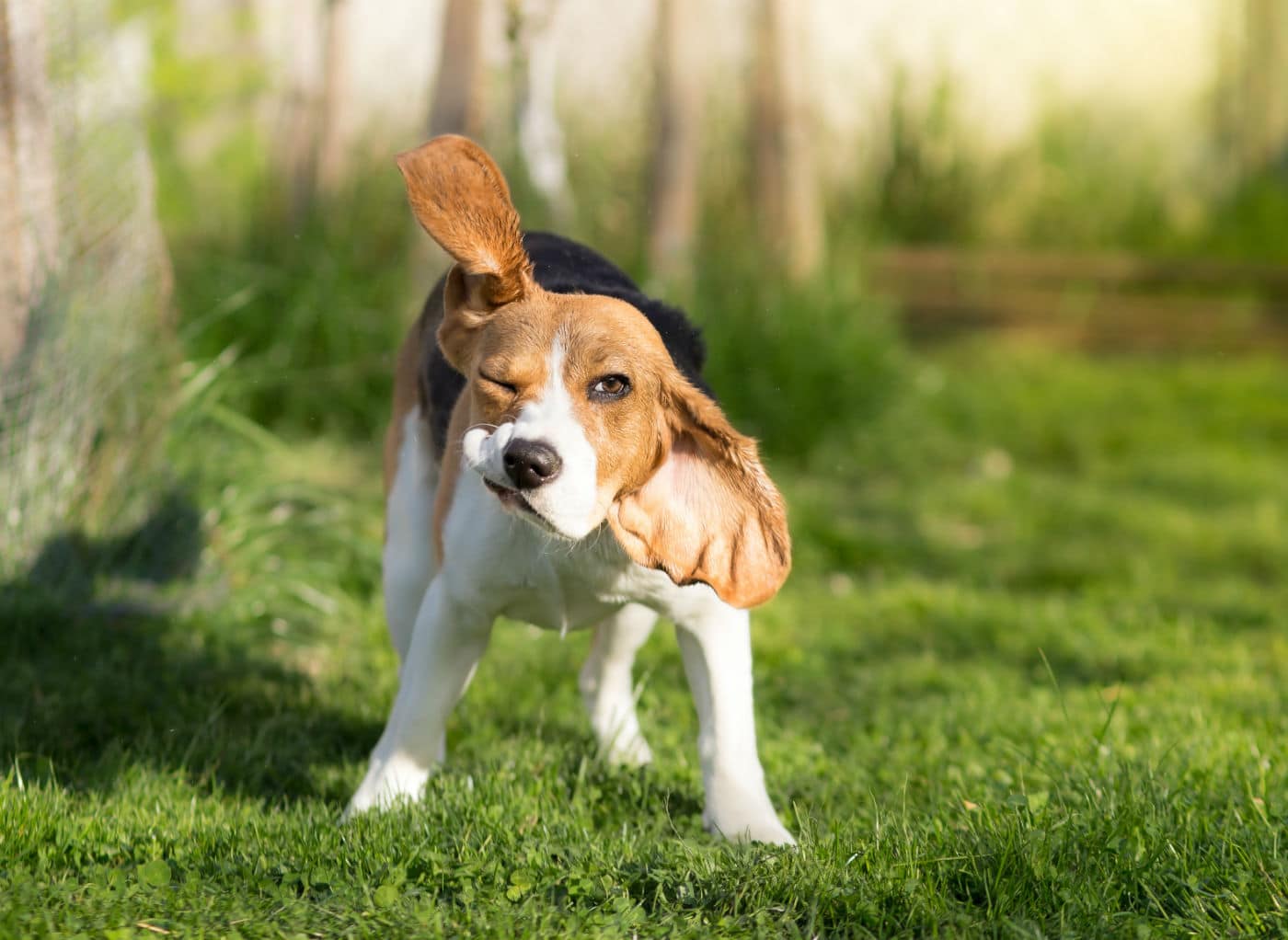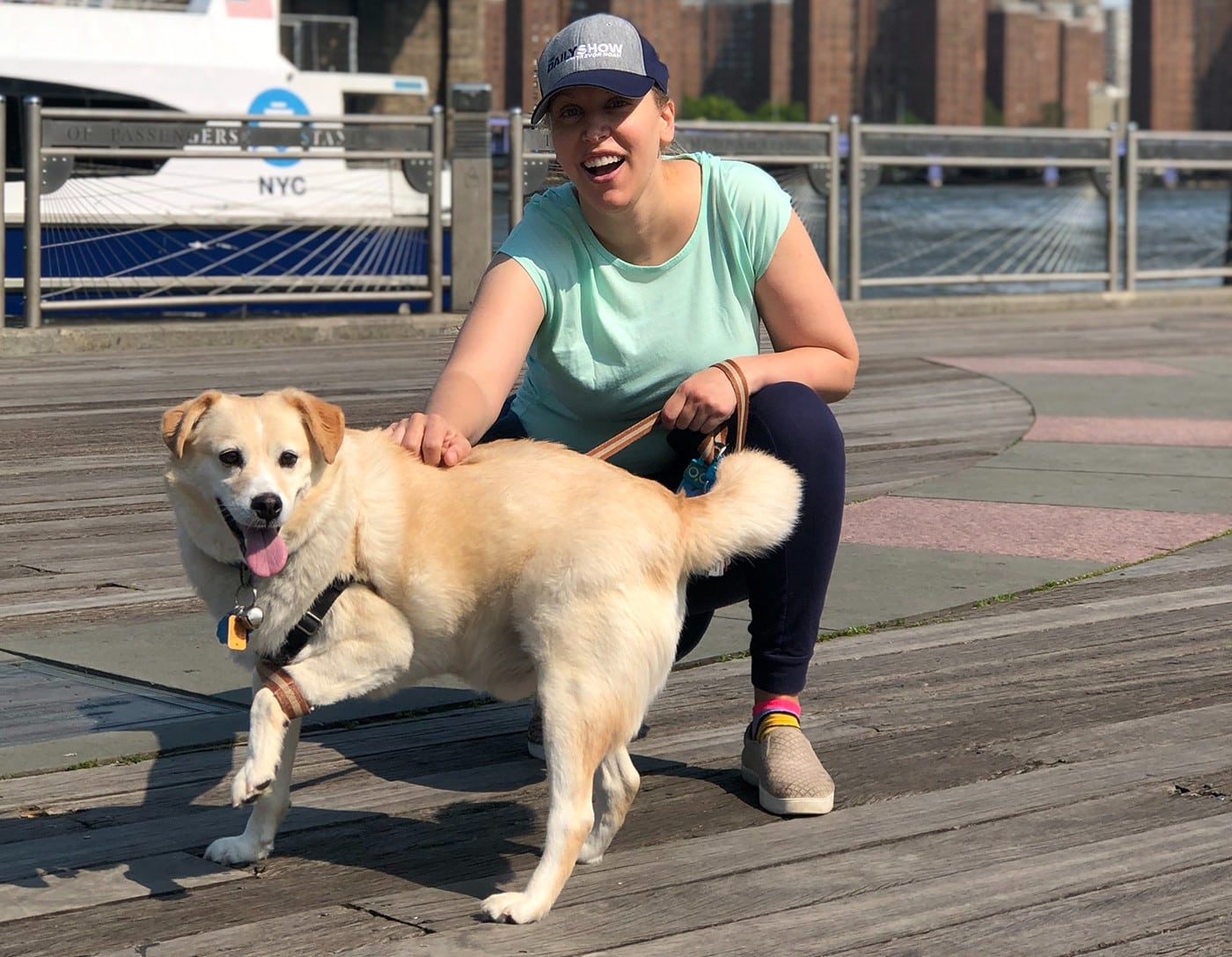Daylight Saving Time is coming to an end, and while you might be happy about the extra hour of sleep you’ll be getting that night, your dog might not be as excited about the change.
So does that mean your dog can tell the clock has changed? Well, not exactly. But they sure can tell something is off with their usual schedules. Dogs learn to judge time by habit and repetition. So while they might not know that it’s 7pm, their bodies and brains have figured out a way to come up with their very own biological clock that “remembers” when it’s time to eat, go potty, or go play fetch.
This is connected to the dog’s circadian oscillators – a term used to describe fluctuations “of hormones, body temperature and neural activity,” according to HowStuffWorks. In short, your dog doesn’t know it’s 7pm, but his body has created a physiological “memory” of what it feels like when it’s 7pm.
What does this mean? Well, it means that if your dog usually eats at 7pm and after Daylight Saving Time ends you feed him at 8pm, he might be slightly confused and likely wondering where his dinner is.
Related: 11 Tips From the Pros on Calming Your Anxious Dog
So how exactly will your dog feel the time change?
Dogs are creatures of habit, and though they might not be able to read a clock, they do know routines and triggers, including when the sun rises and sets, according to certified professional dog trainer Joan Hunter Mayer, owner of The Inquisite Canine. “If pet parents want to still get a walk in during daylight, this means the time they venture out will have to change too after Daylight Saving Time ends,” Hunter Mayer tells This Dog’s Life.
The same is true if dogs suddenly need to venture out in the dark to play or go to the bathroom when Daylight Saving Time ends. No matter how much they want to go out, they might still need some time to adjust to the idea that it won’t be on their usual schedule – and this also applies to potty breaks and meal times.
Just like humans, our well-cared-for dogs have a circadian rhythm, sleep habits, and a routine, says dog trainer Jessica Gore, founder and “Pup Educator” at Competent Pup. “One of the bigger challenges with dogs that are food enthusiasts is the change of meal time and their ‘why aren’t you feeding me right now?!’ confusion,” Gore explains.
Related: 6 Weird Dog Behaviors and What They Mean, According to Experts
Helping Your Dog Adjust to the Time Change
If you start adjusting your dog’s time schedule now, a bit at a time, the change won’t feel as dramatic when Daylight Savings Time ends. All you have to do is adjust your dog’s walks, meal time, and potty breaks (especially the first and last one of the day) by 15 minutes every day leading up the change. You’ll quickly work around the one-hour difference.
Some dogs do better with change than others – so if you have a relaxed, easy-going pup, you might not need to worry too much. “Similar to us humans having to adjust, there might be a little adjustment period for dogs as well,” Hunter Mayer says. “But I have found that dogs are much more accommodating and adaptable to these changes than us humans are.”
If your dog is struggling with the change in meal times, using positive reinforcement training games with a food reward (like kibble or a tasty treat) is a great way to tide your pup over until the later meal time while tiring up his brain at the same time, says Gore.
These tough toys can keep dogs occupied for hours, helping with mental stimulation, problem solving, and giving you a little break. The natural rubber bone bounces, wobbles, and has a hole for hiding treats or peanut butter. Of course, always supervise your dog during playtime.
“Puzzle toys and feeders like slow bowls, Kongs, and snuffle mats are a great way to make a meal last and provide a calming experience that employs the brain too,” Gore explains. “Or you can try chews or bones of varying difficulty depending on your pup’s skill set, which also provide a fun task for pup to do and can keep their body, mind and belly satiated while adjusting to new a new schedule.”
Related: 19 of the Best Interactive Dog Puzzles and Games for Your Bored Pooch












